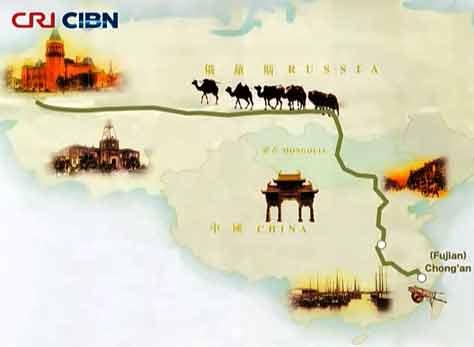By mere luck, I write this post while drinking a Darjeling tea, probably the most suited one as you will soon read.
While going once again through some books and papers I have used for past posts, I became interested in knowing more about the role of botanical gardens in the spread of tea in different colonial possessions, starting with India but also among others in French Indochina or in the Dutch East Indies.
First, what is a botanical garden? It is a “garden” (sometimes a big one) focused on the collection, cultivation and sometimes display of different plants and trees.

Orangery in Schloss Sanssouci by Els Diederen at li.wikipedia [GFDL (http://www.gnu.org/copyleft/fdl.html) or CC-BY-SA-3.0 (http://creativecommons.org/licenses/by-sa/3.0/)], via Wikimedia Commons
The first ones were made to cultivate medical herbs and with Renaissance and the first discoveries, they changed their focus and began to focus on the display and preservation of newly found plants and trees with orangeries becoming the new hype for those with enough means to build and maintain them.
This culminated with the development of botany as a modern science and of economic botany, ie the commercial exploitation of plants by people (I know that people always did it but not in a systematic way) and with the increase in the number of lands colonized and their intended use to produce everything and anything, the botanical gardens were born.
These places were used for the transplantation and pruning of trees and plants before an eventual use in their new country.
This led to the Calcutta Botanic Garden being founded in 1786 after the British East India Company had approved Colonel Robert Kyd’s plans to build a garden for identifying new plants of commercial values and finding new sources of food to prevent famine.
With the final control of the whole Indian subcontinent, several Botanical Gardens were built with the centre and “commanding” point of this network being the oldest one, the Calcutta one.

Kings Lake – Banyan Avenue – Indian Botanic Garden by Biswarup Ganguly [GFDL (http://www.gnu.org/copyleft/fdl.html), CC BY 3.0 (http://creativecommons.org/licenses/by/3.0), GFDL (http://www.gnu.org/copyleft/fdl.html) or CC BY 3.0 (http://creativecommons.org/licenses/by/3.0)], via Wikimedia Commons
Robert Fortune’s tea seeds were sent to this garden before being sent to Darjeeling through the local Botanical Gardens. The different Superintendents in the Calcutta Garden were very supportive of the introduction of tea in India and in Darjeeling, believing that the area was the most suited to the development of this plant. And who am I to say they were wrong (check my first paragraph to see why)?
The other colonial powers also used Botanical Gardens or things quite similar.
For example, France had one in Pondichéry (India) and another one in Cao Bang (in the North of Vietnam near the Chinese border), both being useful in the spread of tea from Java to the Réunion for the first one and through Indochina for the second one.
The Netherlands had specialised Proefstation or Experimental Stations notably in Indonesia with one being specialised in tea. The job of these gardens was first and foremost to select the mother-plants, to create more plants through cloning or seeding and finally to check the health of these new plants. Later on, this Proefstation also became a renowned research station on tea, its problems, how to improve its productivity… with several reports being written and kept secret or rather inaccessible to strangers.

Proefstation for tea in West Java by Tropenmuseum, part of the National Museum of World Cultures [CC BY-SA 3.0 (http://creativecommons.org/licenses/by-sa/3.0)], via Wikimedia Commons
This is a first glimpse at what I found out to be a little know part of how tea spread in so many different countries. However as quite often these small (when compared to the tea gardens and plantations) areas played a vital role in ensuring the widespread of our beloved drink.
And to finish, here is another quote found only a few sentences away from the one I used for the title
“Though you should find all barren and laid waste, there will be few gardens in Middle-earth that will bloom like your garden, if you sprinkle this earth there” J.R.R. Tolkien, The Fellowship of the Ring.
Doesn’t it sound like a tribute to the work of these Botanical Gardens?










Recent Comments